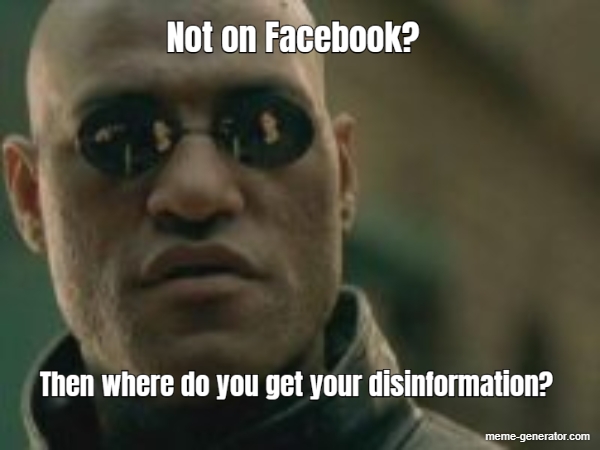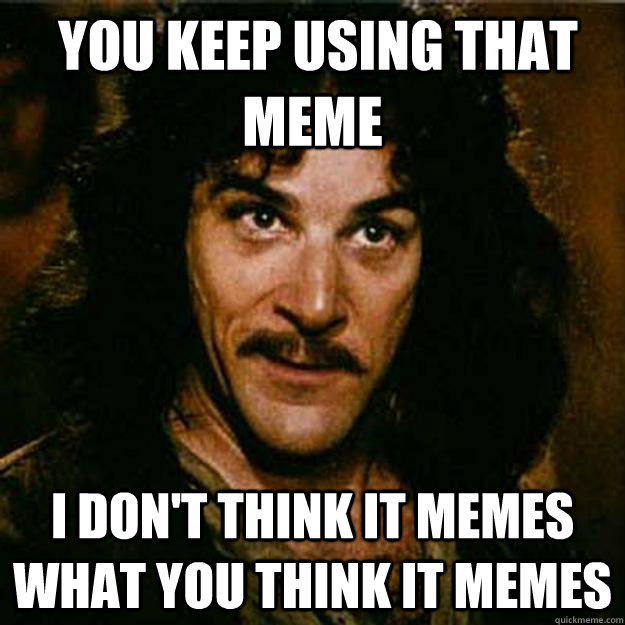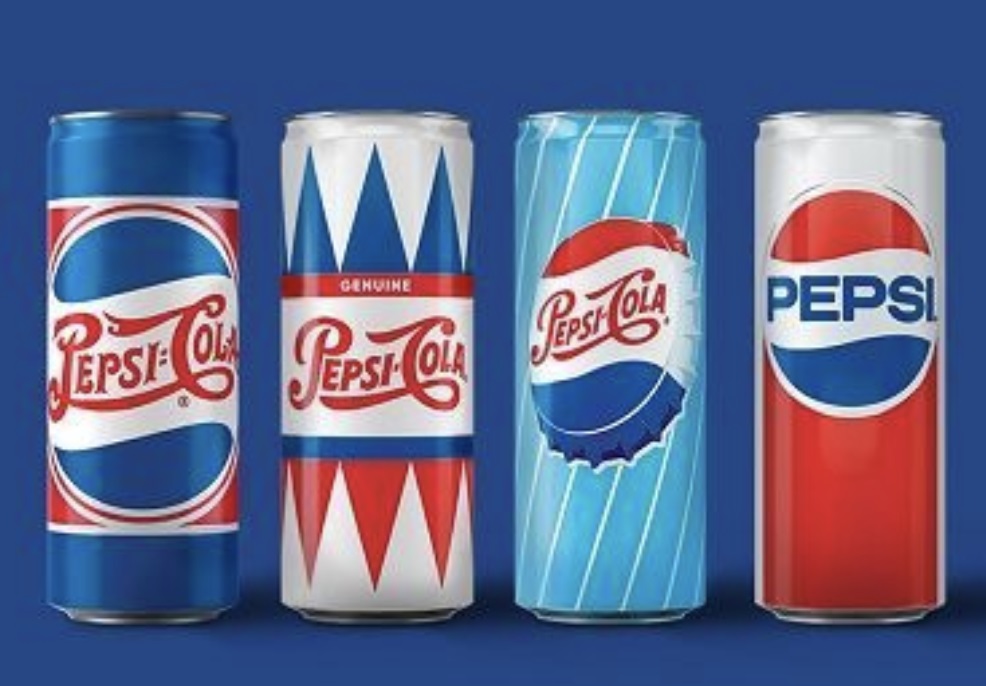When you take into account all the adaptations to the ‘new normal’ this year, it’s no surprise that marketers are going to have to be even more vigilant to whatever social media trends come their way in the new year. For example, many people have already begun to choose socially-conscious brands over those whose main priorities are sales.
This is because more and more people are discussing important matters of health on social media, something that particularly appeals to Generation Z.
You might be wondering, “why should my business care? What does this have to do with social media?” Well, Gen Z currently consists of the most frequent users on social platforms, specifically when it comes to
YouTube, Snapchat and Instagram, “[surpassing]
millennials in daily activity on social media with 2 hours 55 minutes spent per day.”
This makes them the biggest target of most businesses. This generation favours brands that are authentic, caring and more socially aware, whether the business values mental health, gender equality or the environment. Tuning into these values is one of the best ways for your brand to reach this generation.
However, that isn’t the only trend your brand should be looking out for next year.
Here, the team at amaSocial reveals five social media trends to look out for in 2021:
1. Digital disinformation
The year 2021 will be the year of ‘truth’, as many brands on social media are becoming more and more wary of the spread of misinformation. A bigger emphasis will therefore be placed on the prevention of fake news, with businesses needing to put their communication channels under a much larger microscope.
What does this mean for brands? Well, all this means is that you’ll just have to be a lot more careful about the news you’re sharing
and spreading on social media, and other digital platforms, such as your website, emails, etc.
Brands will need to start questioning everything they see and hear, and fact-checking will become even more prominent. So, what’s the best way to prepare for this?
Well, you can
stop digital disinformation by doing these four things:
Understand your brand’s algorithm Fake news is targeted towards those that engage with similar content: Basically, your online behaviour and footprint is what
attracts disinformation. So if you frequently engage with or view fake news, you could be setting yourself up as a target.
Therefore, as a brand, you need to be careful about which websites you engage with online, as well as the articles and posts you read and interact with on social media.
Train your newsfeed One good way to avoid engaging with misinformation is to train your newsfeed to only showcase posts from reputable websites, which will stop you from getting caught in other users’ web of lies (albeit unintentional).
How?
Well, if you’re only sharing and engaging with trusted content, you are training your newsfeed’s algorithm to purely showcase this content to you and thus, your followers. Plus, if you spot any fake news on social media, most platforms give you the option to flag the post as ‘suspicious’.
Be vigilant of news sources on social mediaBecome a fact-checker by making sure that whatever news is shared on your platform is relevant and is
true.
Confirm whether the date is accurate, the author or blogger is reputable and well known and whether the news source has had any encounters with fake news before. How can you verify these things? With research, research and
more research!
Don’t share everything you seeIf it’s too good to be true, it probably is. If an article posted on social media seems a bit sensationalist, if the story seems even the
tiniest bit fabricated — don’t share it.
Going back to the previous point, cover all your bases first by doing a detailed fact-check and by taking a careful look at that news site’s sources of information.
 Image sourced from Meme Generator
Image sourced from Meme Generator
2. Memetic media
Originating on social media, memes have been gaining popularity year-on-year, and their usage will only continue to increase in 2021.
According to YPulse, a youth research and insights company, an average of
75% of 13 to 36-year-olds (and 79% of 13-17-year-olds) share memes, and 30% of 13 to 35-year-olds send them
every day. This just goes to show that these pictures with humorous captions aren’t going
anywhere anytime soon.
With their increased usage, however, comes a word of caution: Due to so many consumers sharing them with one another, the chances of your brand’s logo and name appearing throughout this trend also increases. And as brands well know, not
all publicity is
good publicity, as the frequent sharing of memes and increase of disinformation can also lead to audiences sharing fake news about
your brand.
That’s why, in 2021, it’s more vital than ever to make use of a social media monitoring service.
This service will alert you to any negative coverage surrounding your business so that you can respond accordingly.
Additionally, it’s also advisable that you be careful with your brand’s own
use of memes. There is no harm in wanting to jump on a trend, but with that said, ensure that the one you are using is non-offensive and, of course, relevant to what you are sharing as well as to your own audience.
Each captioned image has its own message behind it and, as a marketer, it’s your job to figure out what that message is and to use it in the correct place.
 Image sourced from QuickMeme
Image sourced from QuickMeme
3. Nostalgia marketing
An increasing trend in the new year will be nostalgia marketing, something that was at its peak in 2020. Considering the current state of the world and its constant state of flux, it’s no surprise that people are keen on remembering the ‘good old days’, and they will only continue to do so in the next year.
Whether they’re posting about it, sharing a meme about it or creating a hashtag surrounding that particular event, nostalgic marketing
works because people enjoy bringing up positive memories during times of struggle as it reminds them of better days.
For example, many people in 2020 created humorous ‘nostalgic’ hashtags such as #IRememberWhen on Twitter. This hashtag was the epitome of nostalgia (
which is why it was trending for quite some time mid-year) as it was at a time when the whole world was isolated and at home.
Nostalgia also brings consumers a sense of comfort and allows people to ‘relive’ good memories. Take, for example, that time Coca-Cola reintroduced limited edition retro cans.
Targeting the older generations, such as boomers, this initiative was geared towards everyone associated with and who grew up with these cans, taking them back to a time that potentially evoked very positive experiences from their adolescent days.
 Image sourced from Mark Schaefer
Image sourced from Mark Schaefer
4. Social gaming
An audience that is often overlooked in the marketing industry is that of the gamer. And considering the stats surrounding this community, it’s not something that should be ignored in 2021. In fact, according to contributor Grace Ong in an article for Marketing Interactive, “
the number of people who identify as gamers has increased from 31.1 million in August 2019 to 41.2 million in July 2020.”
However, this is not to say that brands should get in touch with their own inner gamers and start grabbing the nearest headset or consoles (
especially since social games also include things like board and mobile games). The trend also isn’t around the
actual games but it’s around the
conversations that this community has, with many of the keywords in their discussions being ‘on trend’ — hence,
social gaming.
“... The keywords that come up more frequently are not related to the games people play, but rather
who they play with. People, friends, community are all conversation drivers, with platforms for connecting with other gamers such as Twitch and YouTube also showing up. The tone is also positive,” says Ong.
This means that
your brand’s audience could also be tapping into these discussions online and utilising these platforms; it’s up to you to start targeting them. You never know, you could find a consumer goldmine who really enjoys your products or services.
5. The four Cs of Corona
This is essentially what’s going to set the tone for marketers come 2021. The four Cs of COVID-19 include
community,
cleanliness,
contactless and
compassionate.
It is foreseen that the four Cs will be the essential focus of all brands when it comes to their marketing strategies and campaigns, with heavy influence drawing from communications and public relations.
According to Cyber Gear, “
The brand will have to focus on monitoring the pandemic and how they can help customers through it, which will impact the communication strategy.”
So, what do these four Cs actually entail? Let’s take a look:
CommunityBrands will need to place a larger focus on the needs and concerns of those around them in their strategies.
For example, endorsing and promoting the use of local services and products over others will be a high priority in the new year in order to help rebuild communities, as well as the economy.
CleanlinessWith hygiene being a prime focus of this year, it’s no surprise that
brands like KFC actually dropped its ‘Finger Lickin’ Good’ slogan in order to better align its branding with the changing times.
Most brands should be following suit by altering their slogans, branding and strategies to accommodate a more fitting and ‘clean’ look and feel, so that people associate the brand with cleanliness.
ContactlessJust as brands will be more ‘clean’, they’ll also be contactless, meaning products and services are now being altered to accommodate the new environment.
Take, for instance, the
new ‘tap and go’ bank cards, which allows consumers to simply tap their cards on top of card machines in order to make their purchases in-store.
CompassionateAs we mentioned earlier, consumers are looking to brands that are socially conscious and aware. All this means is that brands need to know when to show compassion when it comes to the environment, communities and even competitors.
A good example is Burger King’s recent stint on social media, where the brand actually sent out
a public announcement on Twitter asking audiences to please order from McDonald’s ... as well as several other competing fast-food franchises.
For more information, visit
www.amasocial.co.za. You can also follow amaSocial on
Facebook,
Twitter or on
LinkedIn.